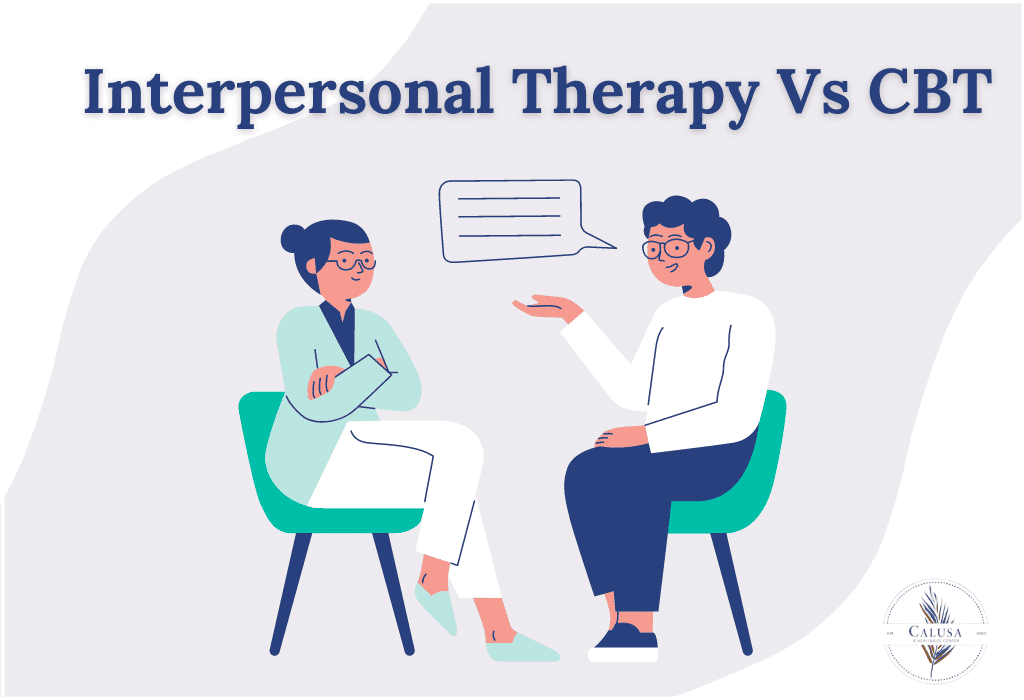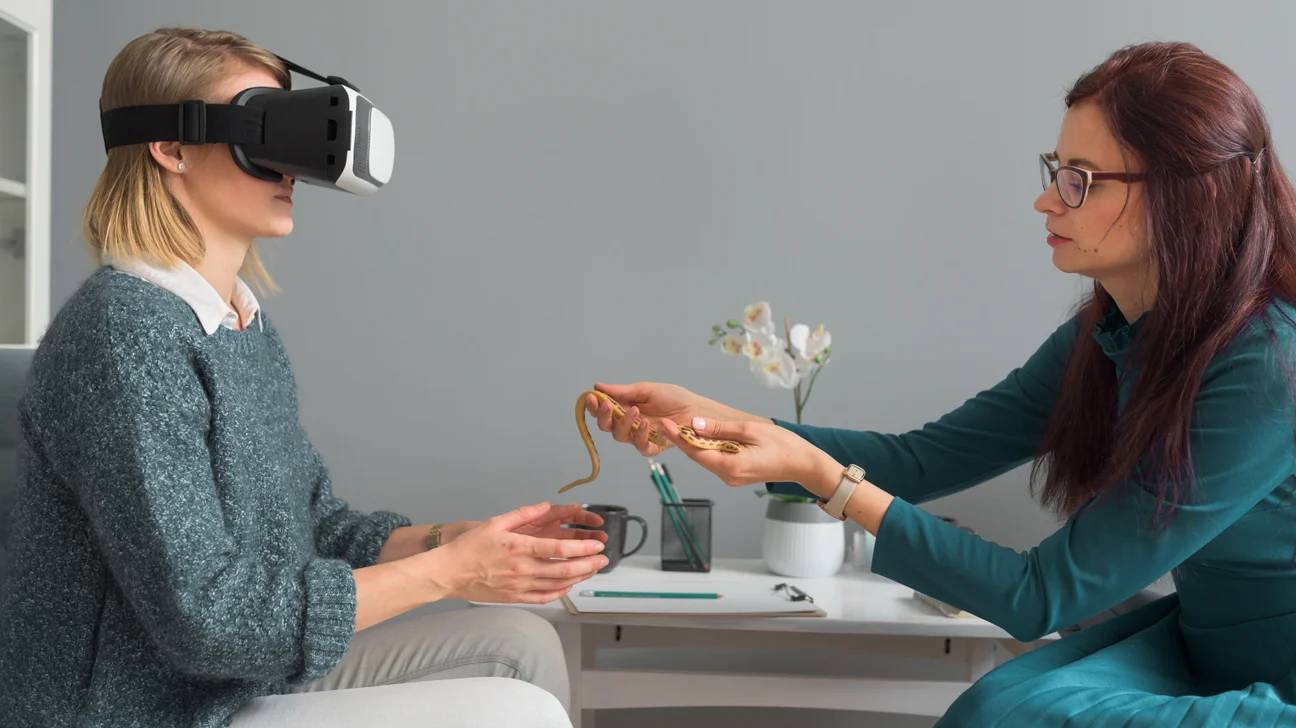The color of your meditation room can significantly impact your overall experience. The right color can create a calming and peaceful atmosphere, while the wrong color might be distracting or even unsettling. Here are some of the best colors to consider for your meditation space:
Calming and Relaxing Colors
- Blue: Often associated with peace, tranquility, and serenity, blue is a popular choice for meditation rooms. It can help lower blood pressure and reduce stress.
- Green: Green is another calming color that can evoke feelings of nature and harmony. It’s associated with growth, renewal, and balance.
- Purple: Purple is a color often associated with spirituality and intuition. It can promote feelings of peace, wisdom, and creativity.
Energizing and Focusing Colors
- White: White is a pure and clean color that can create a sense of clarity and focus. It’s often used in meditation rooms to promote mental clarity and concentration.
- Yellow: Yellow is a cheerful and optimistic color that can stimulate the mind and improve mood. However, it’s best used in moderation as too much yellow can be overwhelming.
Grounding and Balancing Colors
- Brown: Brown is a grounding color that can promote stability and security. It’s often used in meditation rooms to create a sense of connection to the earth.
- Black: Black is a powerful color that can symbolize mystery, depth, and transformation. It can be used in meditation rooms to promote focus and concentration.
Tips for Choosing the Best Color
- Consider your personal preferences: Ultimately, the best color for your meditation room is one that you find calming and relaxing.
- Experiment with different shades: Try different shades of a color to find the one that suits you best.
- Use color accents: You don’t have to paint your entire room a single color. Use color accents, such as pillows, blankets, or artwork, to create a calming atmosphere.
- Consider natural light: The amount of natural light in your room can also influence your color choices. Darker colors may be more suitable for rooms with limited natural light.
By carefully considering these factors, you can create a meditation room that promotes relaxation, focus, and inner peace.




